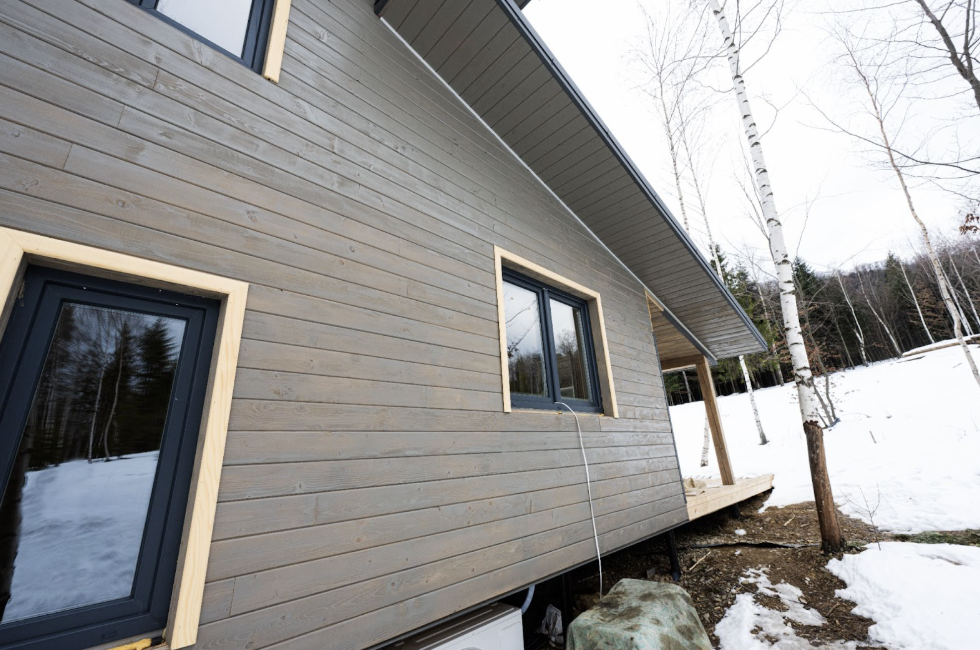How Do Roof Warranties Work?
When purchasing a new roof, it is just as important to look into the warranty that comes with the roof, as it is to find out about the quality of the shingles used. Otherwise, you may have some surprises later in the future. To protect yourself and your pocketbook, ask for a copy of the warranty offered by the manufacturer. Then, take your time reading it. Make a note of anything you would like clarified.
Types of Roof Warranties
There are two categories of warranties:
- A Manufacturer Warranty – Some cover only the roofing materials while others cover the entire system. Few manufacturer warranties will also cover the labor.
- A Contractor Warranty – Some cover the labor, while others cover the workmanship.
Roofing Material-Only (A Manufacturer Warranty)
While a warranty that only covers the shingles is less expensive than a system warranty, it is also limited to manufacturing defects and premature deterioration through the warranty period. And if you do need to make use of the warranty, you will end up paying for flashings, adhesives, and any other accessories required to re-roof your home or business. It also won’t cover installation errors.
A Full System Roof Warranty
The benefit of a full system warranty is that the flashings, adhesives, and metalwork will be covered along with the shingles. This is important because those things add up! Like the roofing material-only warranty, a full system warranty won’t cover installation errors.
A Labor Warranty
If your roof is found to be defective (within the limits of the warranty), the labor cost to replace your roof will be covered. This is typically included with full system warranties. It will not cover labor, or anything else if the problem is due to poor installation. You will want a reputable roofing contractor like All Craftsmen Exteriors. When they install a roof, they do it right!
A Roof Workmanship Warranty
The one way to ensure that installation failures are covered is to have a workmanship warranty. These are sometimes covered under full system warranties and can often be purchased through your roofing contractor.
Exclusions and Additions to Coverage
- Many warranties exclude repairs to roof leaks caused by earthquakes, tornadoes, floods, hail, high winds, fire, lightning strikes, vandalism, and other issues that arise from misuse.
- If your structure requires specific enhancements to your roofing materials due to being in a high wind, the cost of your warranty will increase to accommodate the added price tag.
- This also applies to structures in a hail-prone area, such as Minnesota. Again, you may need enhancements that will increase the cost of your warranty.
- If water remains present on your roof for an extended period-of-time (determined by the manufacturer), it is considered ponding water and is excluded from the warranty. Likewise, existing moisture within your existing roof’s system could cause problems with a future roof and would be excluded from the warranty. They often require an infrared scan of your roof before and after installation to ensure no moisture is trapped within your system.
- Damage to the interior of your structure because of the roof leak is not covered under any warranty.
- Improper roof repairs are not covered for the same reason that a poor installation isn’t covered. If your warranty is voided for this reason, you will have to pay out of your own pocket to have the proper repairs done. Often once you do this, you can pay the additional cost of having the manufacturer inspect the repaired area to reinstate your warranty.
- If you plan to have a satellite or an HVAC unit installed on your roof, check with the manufacturer ahead of time to avoid voiding your warranty. They may require you to have flashing installed around the unit by an authorized roofer.
Some Warranty Terminology
While you are looking at your warranty with a fine tooth come and a magnifying glass, you may come across some terminology that can confuse people outside of the roofing industry.
Original Cost Warranty – The manufacturer will cover repairs up to the cost of the original roof purchase.
NDL – NDL means no-dollar-limit. The manufacturer will cover all costs related to repairing a leaky roof. Some warranties will offer an NDL for a set period-of-time and then will switch to a prorated warranty (see below for information about proration).
Proration – The value of a prorated warranty will diminish over the life of the roof. Since the cost of roofing materials is always increasing, your prorated warranty is getting smaller while your expenses go up.
Replacement – You may get the cost of the materials covered, but it is unlikely the labor will be covered. Don’t count on getting total replacement coverage with your average warranty.
Maintaining your Roof to Keep Your Warranty Valid
It is a good idea to have regular inspections. Some warranties require them. Ask your roofer how often they recommend them, and double-check your warranty to ensure you are complying with their requirements. Leaks should be reported immediately, and never more than one month after the leak begins.
You can usually transfer a roof warranty to someone who is purchasing your home. You will have to fill out some paperwork and pay for a roof inspector to ensure any repairs are done, paid for by you.
The Most Important Roof Warranty Detail
Having a roofing contractor that you can trust is an essential part of ensuring your roof will keep you dry for years to come. You can count on All Craftsmen Exteriors to do a top-notch job of installing or repairing your roof. Contact us today for all your roofing needs.




